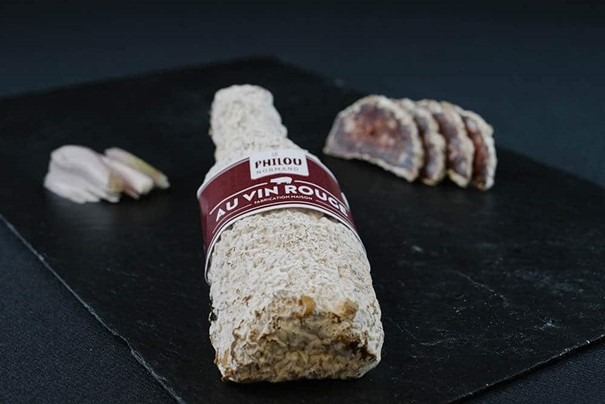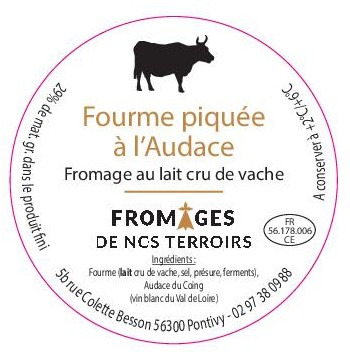ACSA

The Public Health Agency of Catalonia has communicated through the Coordinated System of Rapid Information Exchange (SCIRI) an extension of the information on the alert regarding the possible presence of Salmonella in sprouted alfalfa sprouts of the brand Duties from Spain: as a precautionary measure, the withdrawal of the product is extended to the 150 g format and to all lots on the market, with an expiry date of 11/05/2024 or earlier, for both formats, 50 g 150 g.
The data of the product involved are:
- Product name: Alfalfa. Germinated sprouts.
- Brand: Tugas
- Product appearance: Plastic bag
- Lot number and expiration date: All lots with an expiration date of 05/11/24 or earlier.
- Unit weight: 50g and 150g
- Temperature: Refrigerated
According to the available information, the products have been distributed in the autonomous communities of Catalonia, Andalusia, Aragon, the Balearic Islands, the Canary Islands, the Valencian Community and the Community of Madrid, although it cannot be ruled out that there may be redistribution to other autonomous communities.
The Spanish Agency for Food Safety and Nutrition (AESAN) has transferred this information to the competent authorities of the autonomous communities, through SCIRI, with the aim of verifying the withdrawal of the affected products from the marketing channels.
As a precautionary measure, people who may have the above-mentioned product in their homes are advised to refrain from consuming it.
If you have consumed any of the products from the affected batch and have symptoms compatible with salmonellosis (vomiting, diarrhea or fever), it is recommended to go to a health center.











